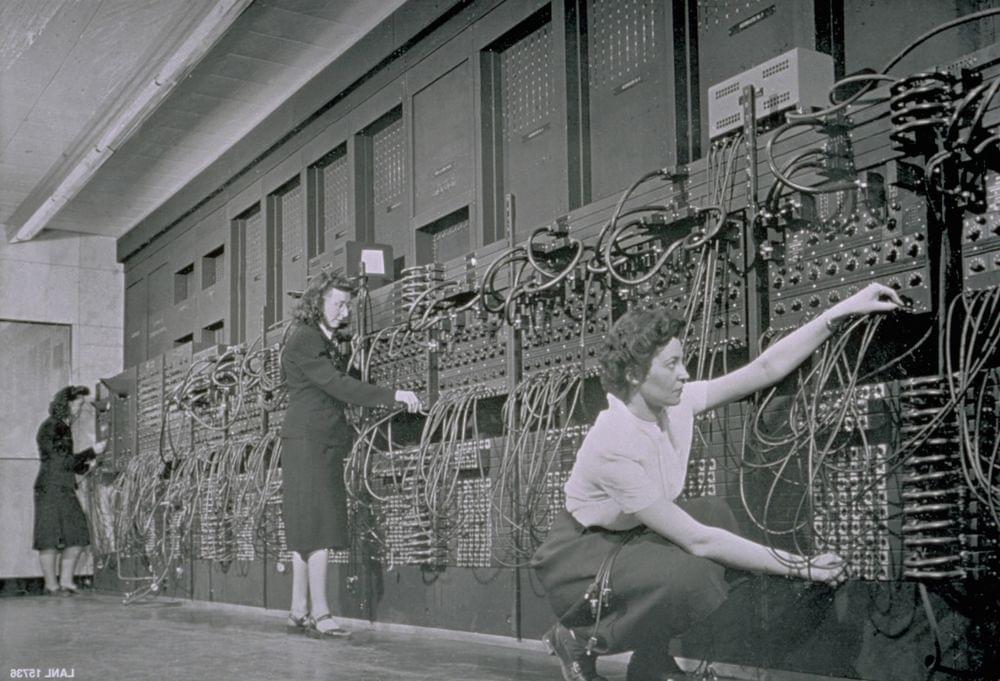AI startups can rake in investment by hiding how their systems are powered by humans. But such secrecy can be exploitative.
The nifty app CamFind has come a long way with its artificial intelligence. It uses image recognition to identify an object when you point your smartphone camera at it. But back in 2015 its algorithms were less advanced: The app mostly used contract workers in the Philippines to quickly type what they saw through a user’s phone camera, CamFind’s co-founder confirmed to me recently. You wouldn’t have guessed that from a press release it put out that year which touted industry-leading “deep learning technology,” but didn’t mention any human labelers.
The practice of hiding human input in AI systems still remains an open secret among those who work in machine learning and AI. A 2019 analysis of tech startups in Europe by London-based MMC Ventures even found that 40% of purported AI startups showed no evidence of actually using artificial intelligence in their products.
